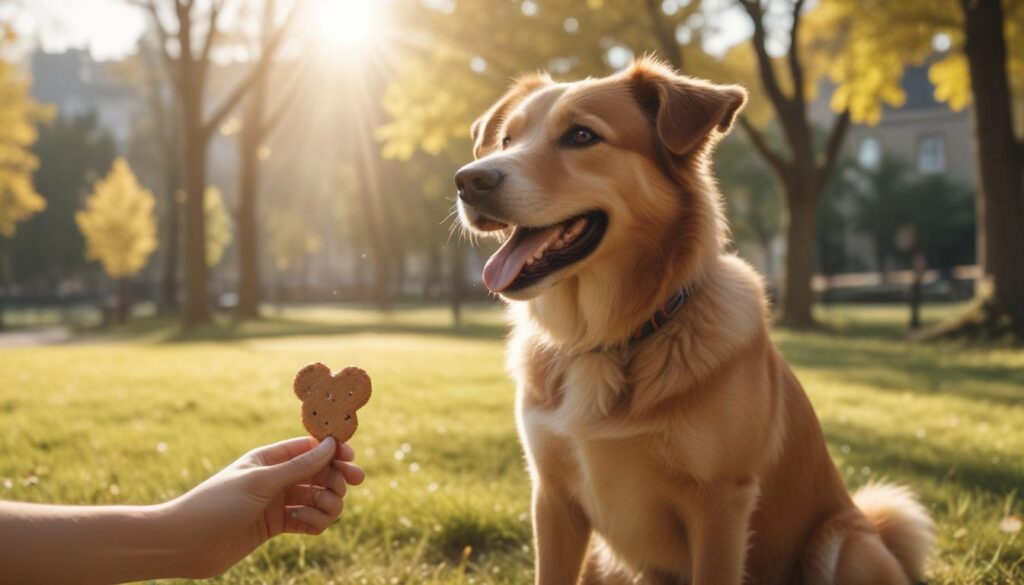Mastering Positive Reinforcement in Pet Training
Introduction
Pet training is both an art and a necessity in fostering a strong bond with our furry companions. Among the various training approaches, positive reinforcement earns recognition for its effectiveness and humane methodology. Pets thrive when their good behavior is acknowledged and rewarded. In this blog, we will delve deep into the concept of positive reinforcement, how it shapes better behavior in pets, and how you can implement it effectively in your training routine.
Understanding Positive Reinforcement
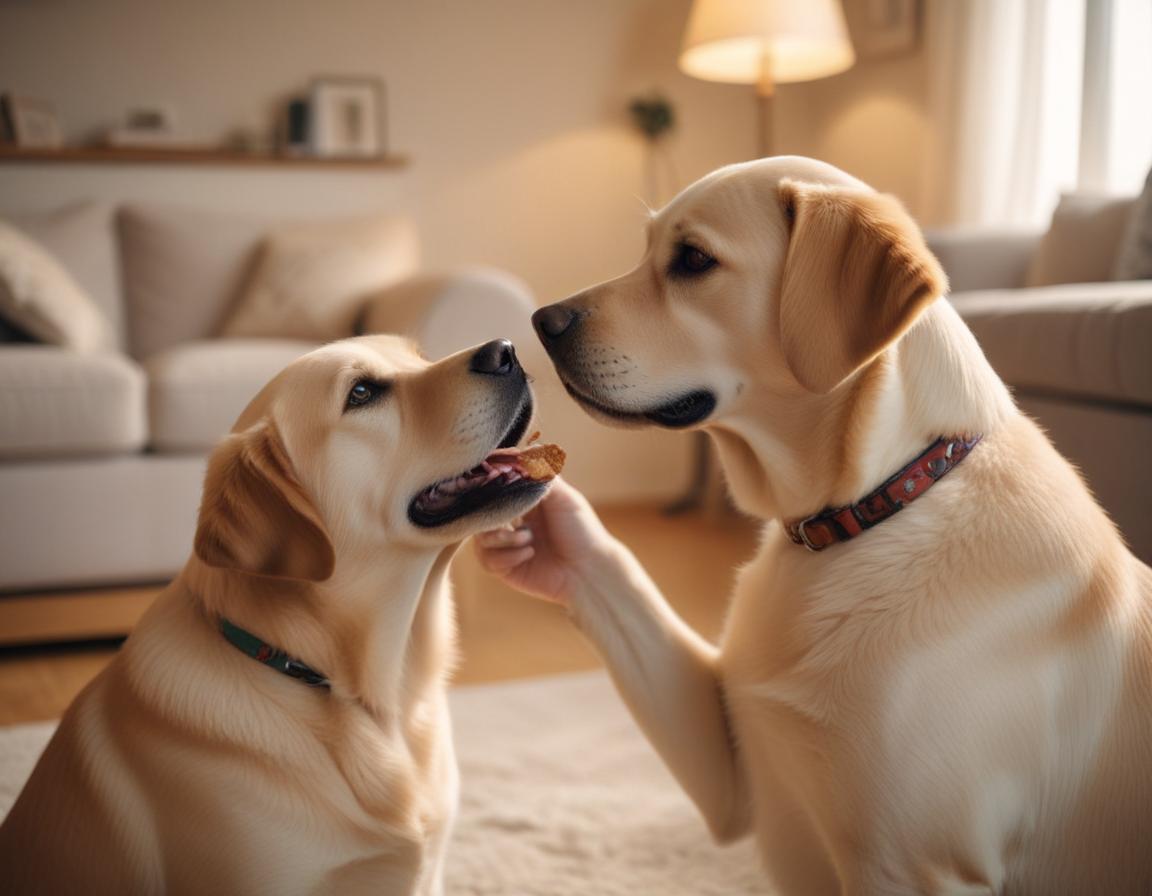
Positive reinforcement involves rewarding your pet for good behavior to encourage the continuation of that behavior. Unlike punishment-based training, this approach focuses on creating a positive association with certain actions. For instance, when your dog sits down on command, a treat, verbal praise, or a belly rub reinforces that sitting when asked is a desirable action.
Numerous studies have shown that animals learn faster and better through positive reinforcement techniques, as this method fosters a sense of trust and security between the pet and the owner. When using this method, ensure you select rewards that your pet finds highly motivating—be it food, toys, or playtime.
Why Punishment Often Fails

Many pet owners mistakenly rely on punishment to manage bad behaviors in pets, but this method often backfires. Instead of fostering obedience, punishment can lead to fear, anxiety, or even a lack of trust. One drawback of punishment is that it doesn’t tell your pet what behavior is acceptable—it merely highlights what’s undesirable.
For example, scolding a barking dog won’t teach them the alternative of staying quiet when asked. In contrast, positive reinforcement provides clear feedback about the desired actions. By focusing on rewards, pets are more motivated to repeat those behaviors, paving the way for long-term success.
How to Get Started with Positive Reinforcement Training
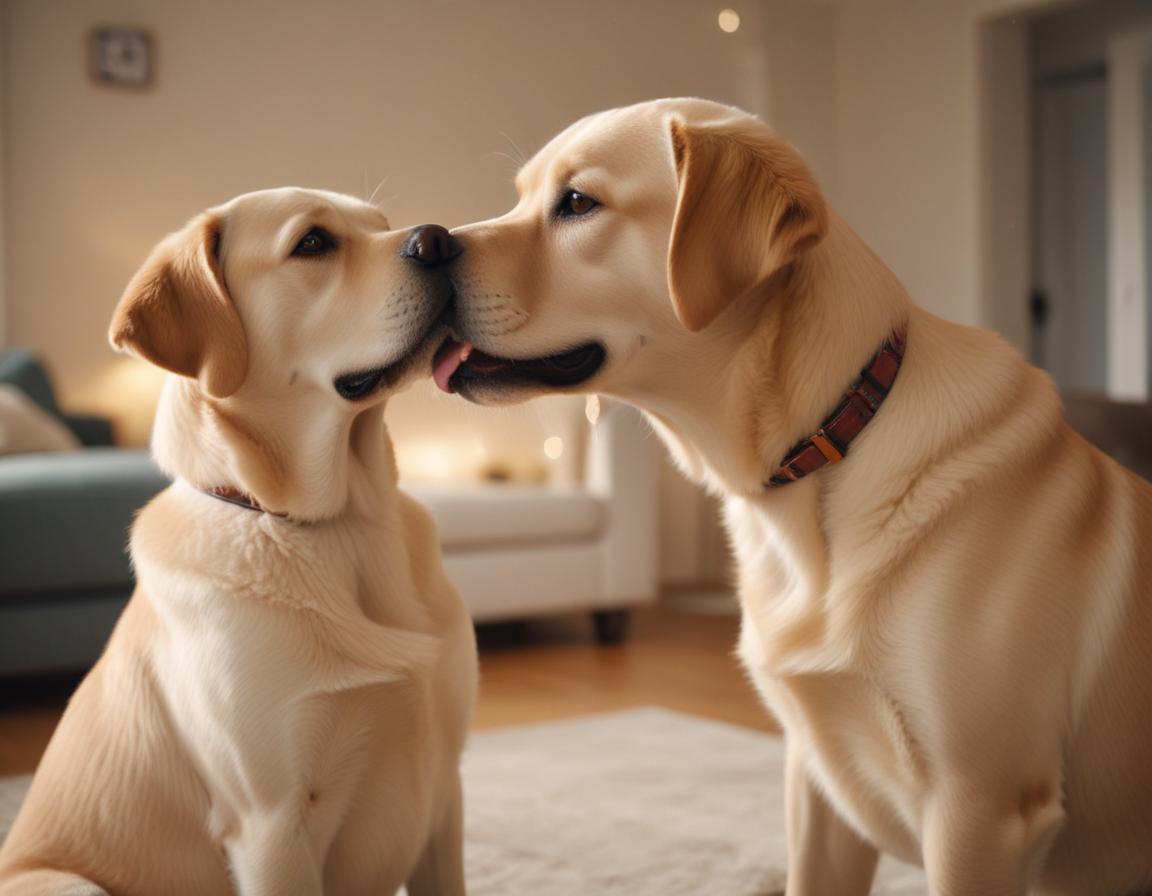
Ready to embark on your positive reinforcement training journey? Start by identifying the rewards that resonate with your pet. Some might adore treats, while others respond better to toys or praise. Begin training with simple tasks—like teaching your dog to “sit” or encouraging your cat to come when called.
Timing is everything: Immediately reward your pet as soon as they exhibit the desired behavior so they can establish a connection between the action and the reward. Consider tools like clickers that provide an audible “yes” cue to mark correct behavior. Consistency here is crucial to help your pet build strong associations efficiently.
Consistency is the Key to Success
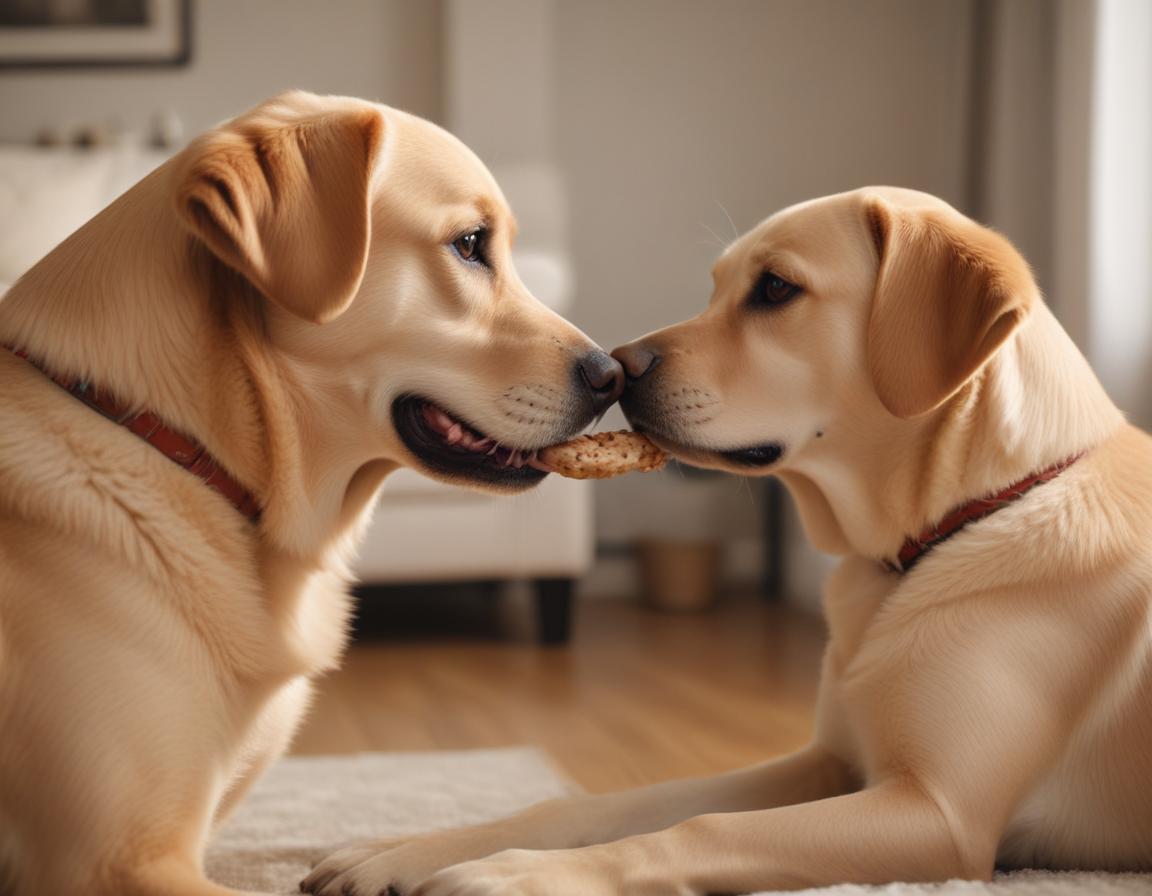
In positive reinforcement training, consistency plays a starring role. Pets thrive on routine and repeated reinforcement, so skipping rewards or offering inconsistent commands may confuse them. Establish clear cues for every behavior you want your pet to learn. It’s also important to ensure every family member reinforces training rules consistently.
For example, if you’re training your dog to sit before mealtime, every member of your household must do the same. Be patient—rushing sessions can overwhelm your pet. Remember, slow progress often leads to lasting results.
Knowing When to Phase Out Rewards
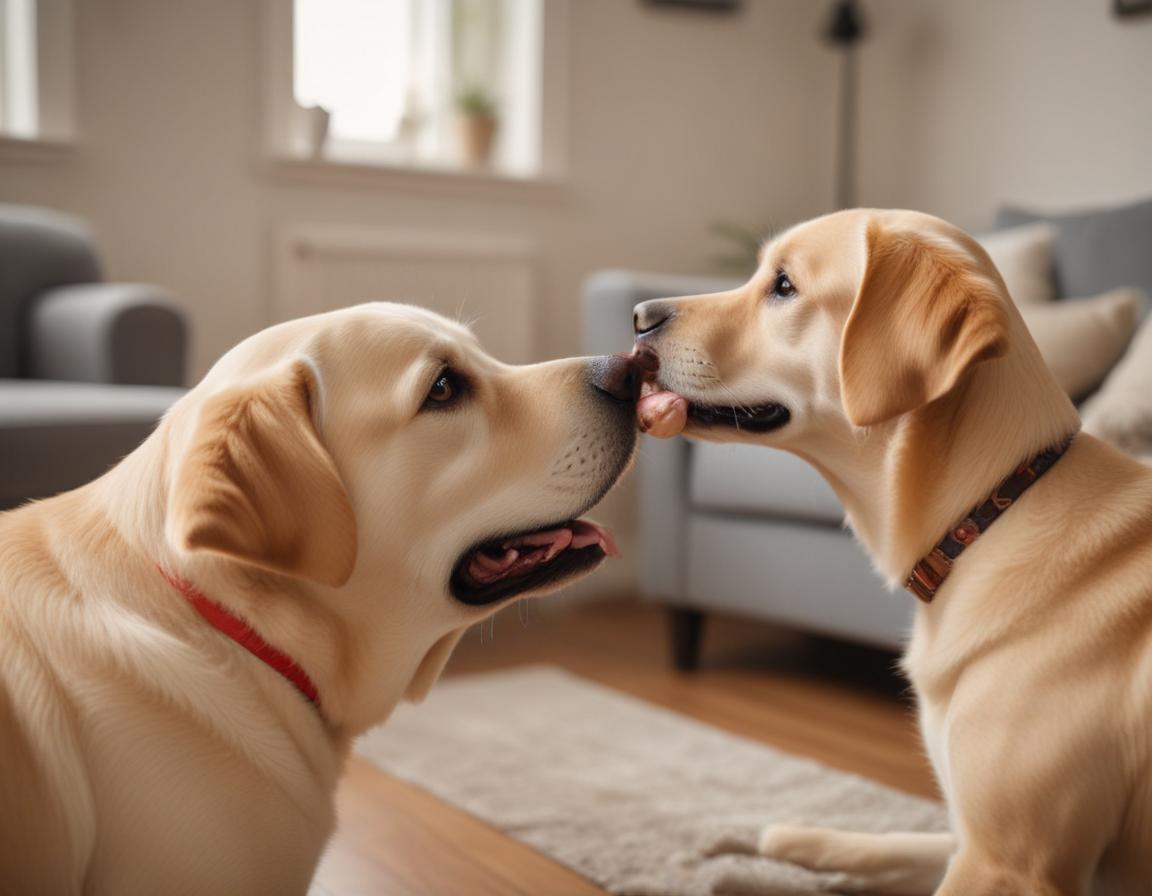
As your pet demonstrates consistent mastery of desired habits, gradually transition away from frequent rewards. This doesn’t mean entirely stopping reinforcement but rather introducing intermittent rewards. For example, replace food treats with verbal praise or affectionate petting for behaviors that are well-established.
However, transition gradually—abruptly ceasing rewards may confuse your pet. The goal is to maintain good behavior out of habit rather than dependency on rewards. Always observe your pet’s response and adjust your approach as necessary to prevent regression.
The Broader Benefits of Positive Reinforcement
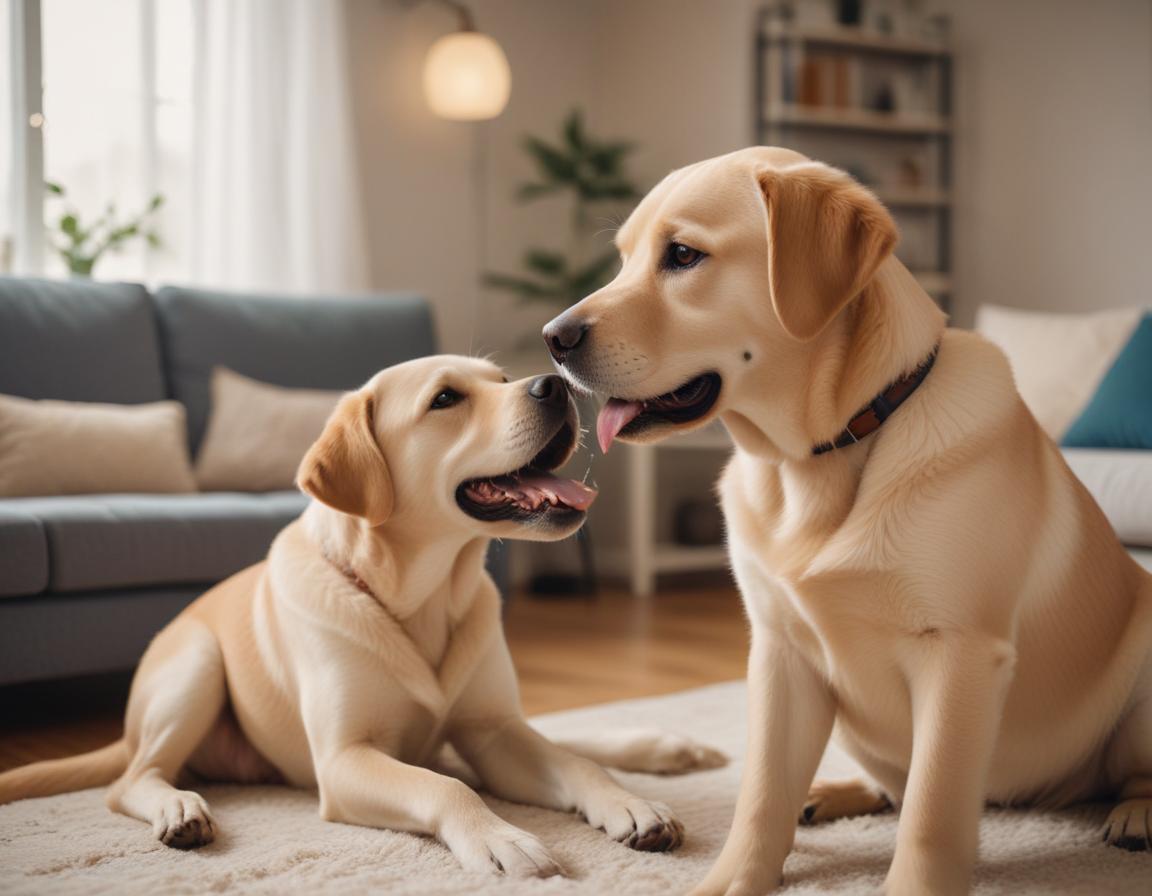
Positive reinforcement isn’t just a great training tool—it also strengthens the bond between you and your furry friend. Pets trained through positive methods are often more adaptive in social situations, such as visiting the vet or meeting guests. This method also sets the stage for teaching more complex tricks or behaviors down the line.
When training becomes a positive experience, you and your pet are more likely to enjoy the journey together. By promoting trust and understanding, you help your pet build confidence while ensuring lasting behavioral improvements.
Conclusion
Using positive reinforcement in your pet training routine not only creates better behavior but strengthens the bond between you and your pet. Remember, patience, consistency, and love are key to ensuring the success of this method. Start small, be rewarding, and your furry friend will soon showcase their best behavior. Train smart, and enjoy the joyful journey of positive pet parenting!
“`

